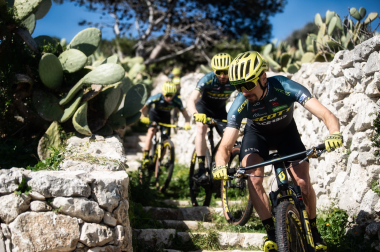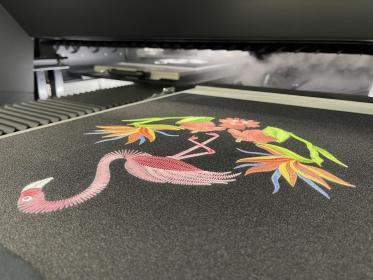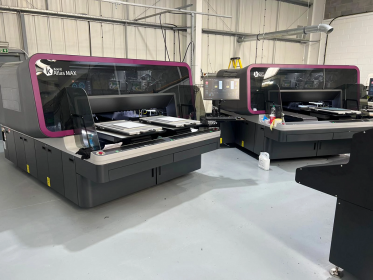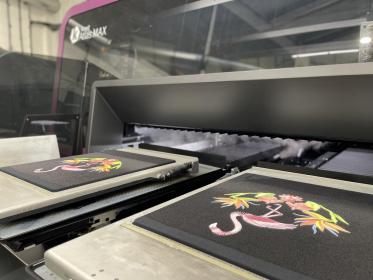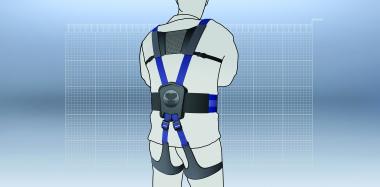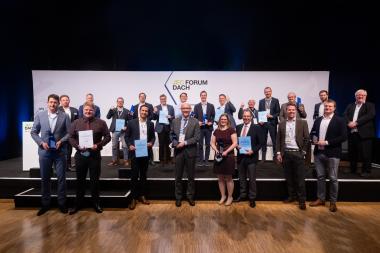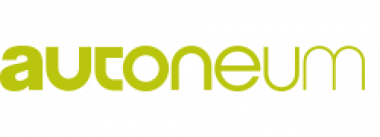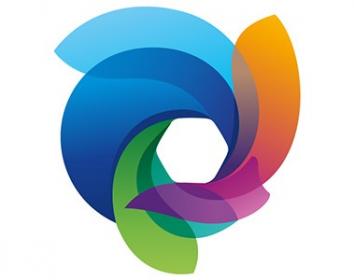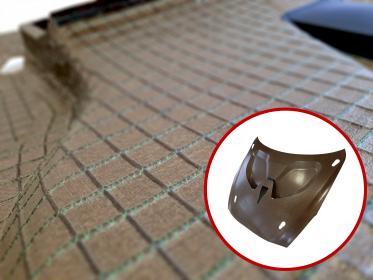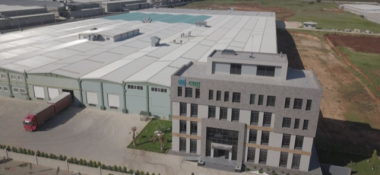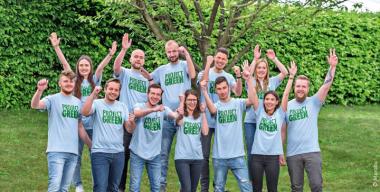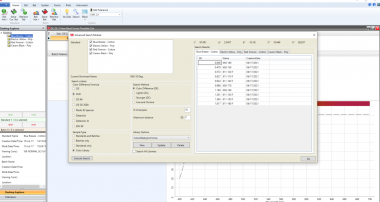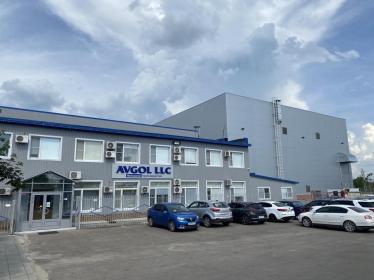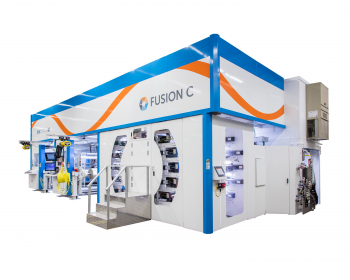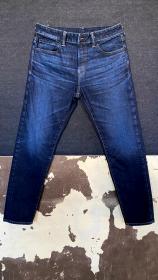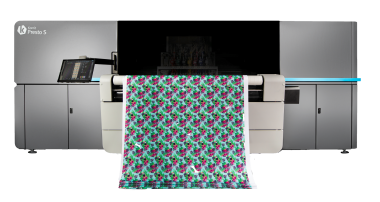Sitip: Fabrics for the first 100% sustainable SCOTT Racing Team biking uniform
Sitip confirms for the third year its partnership with SCOTT Racing Team in the production of the team uniform created in collaboration with ROICA™ EF of Asahi Kasei and Rosti.
The partnership was born in 2019 and celebrated during Ispo 2020, which returns for the third consecutive year to re-propose an exclusive and special uniform, designed to be extremely performing but also, and entirely, eco-sustainable.
Starting from the performance requirements of athletes, who need highly technical fabrics extremely breathable, comfortable on the skin, resistant and with perfect shape retention able to support them in competitions, Sitip has chosen the fabrics of its Native Sustainable Textiles line - technology which applies to fabrics produced with recycled yarns and chemicals with low environmental impact, implementing the GRS (Global Recycle Standard) standard, with Asahi Kasei’s premium ROICA™ EF stretch yarn.
This line includes NATIVE-BICIMANIA and NATIVE-PIRATA, two GRS-certified recycled polyester fabrics chosen for the production of the uniform shirt, enriched by Microsense Soft Performance technology - able to guarantee the product a delicate softness and maximum comfort on the skin.
This year the absolute novelty is represented by the shorts, for a complete uniform: made with the NATIVE-THUNDERBIKE POWER fabric, designed for high performance sports, in recycled polyamide and always with the ROICA™ EF yarn by Asahi Kasei.
SITIP


